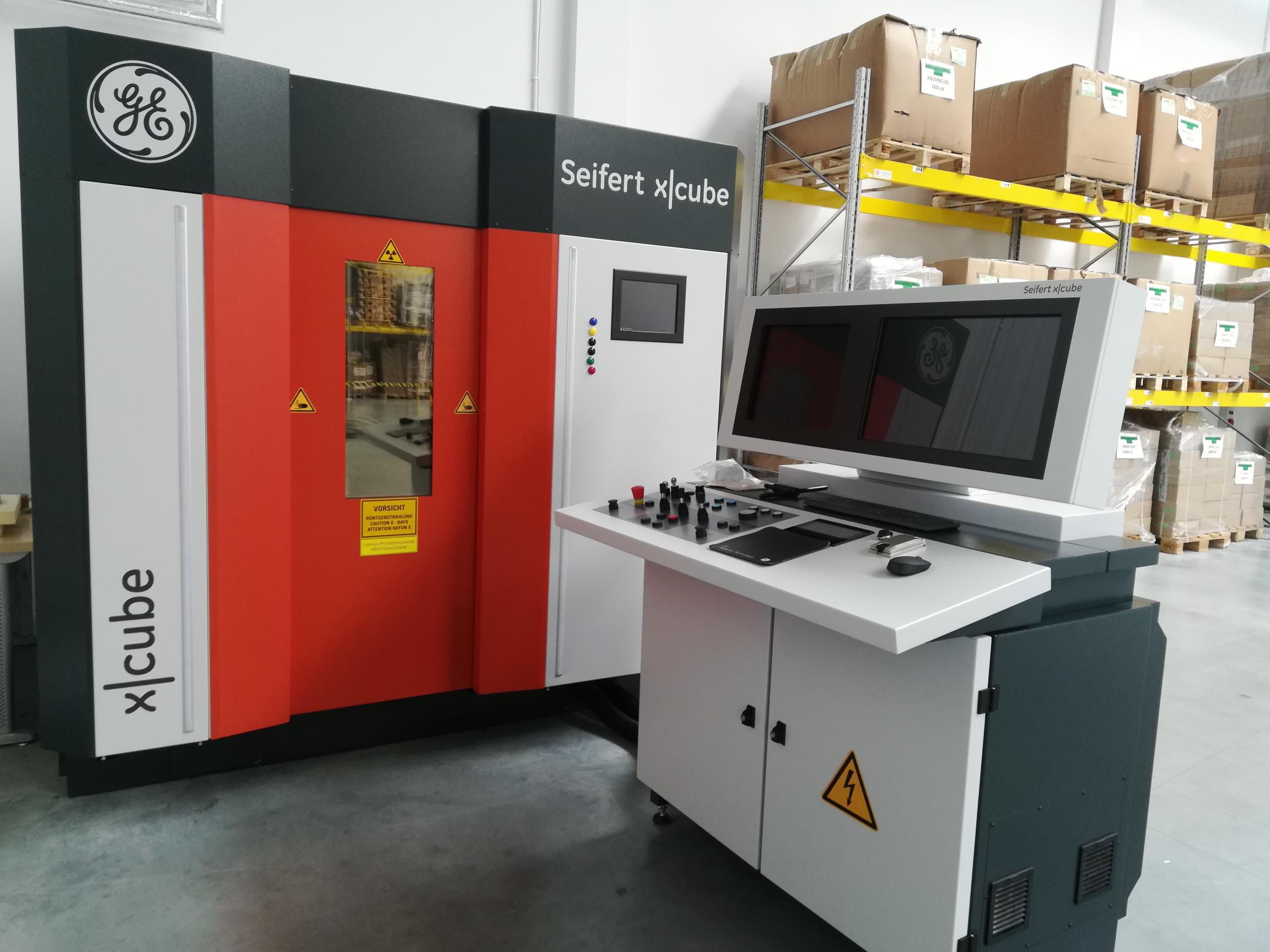CNC (Computerized Numerical Control) technology’s development turned out to be yet another significant turning point in the history of industry. In the 1950s, computerized numerical control technology was developed, instantly revolutionizing production procedures. Mass production was all but impossible due to the limits of instruments like lathes, grinders, and milling machines that operated manually or semi-automatically. It was a solution that greatly constrained productivity and production scalability, mostly due to the enormous time and labor investment.
The role of CNC in increasing the efficiency and precision of mass production of automobiles
By eliminating the need for an operator to operate the machine, production efficiency has been greatly improved and streamlined. Previously, each machine had to be controlled by an employee, who was only able to produce a limited number of components. In addition, one always has to reckon with the fact that some components are rejected at the quality control stage as defective.
The advancing digital revolution has made it possible to program the machine to perform a sequence of the same movements as a human, only much faster. Not only are products being made in much less time, but the number of defective parts is being significantly reduced. Manufacturing precision is crucial when components are part of complex subassemblies.
The potential inherent in CNC has made the technology widely used in virtually every industry. Industries such as automotive or aerospace manufacturing are now hard to imagine without CNC machinery. In the automotive industry, the main use of CNC machines is in the production of such details as gears, camshafts, valves, axles or metal cylinder blocks, but not only that. CNC is also useful when there is a need for short lead times like manufacturing spare parts or prototype car parts.
A perfect example of increasing production efficiency is a case study that describes how Quality Lab helped one of its customers accelerate mass production of hard-to-reach parts.
Examples of CNC application in various manufacturing processes
The possibilities for the use of CNC machines are practically unlimited, so in the automotive industry this technology is used both in the production of drive components and for turning rims or punching body parts. The programmed machines are suitable for machining a variety of materials, including those mostly used in the automotive industry: steel, aluminum or cast iron. Examples of processes using CNC technology include:
Machining
Otherwise known as cavity machining. As a result of this process, excess material (surplus) is removed. Precision-controlled, very sharp knives or chisels are used for removal. The use of CNC allows the exact parameters of the design to be maintained.
Milling
CNC milling is one of the machining methods and involves machining a stationary workpiece with a milling machine. The milling machine blades, moving in a rotary motion, gradually cut the top layer of the workpiece.
Drilling
Taking advantage of CNC technology makes it possible to make any holes according to a designated design. This includes, for example, drilling an even hole of a specified diameter and depth, countersinking, i.e. enlarging an existing hole, chamfering a hole for a screw head or threading.
Advantages of automation with CNC
CNC machines are gradually replacing traditional machine tools in modern industry. Longer production times are a result of manual work, but this also increases the chance of manufacturing problems. What do we gain by deciding to use CNC technology?
Precision
Unlike machines controlled manually by an operator, automatically controlled machines are capable of making even small parts with great precision.
Repeatability
Another advantage of CNC technology over traditional manufacturing is that it makes many identical parts, which is very hard to do when the human factor is involved.
Reduce production time
Automation speeds up production processes. Machines repeat a sequence of programmed movements much faster and more accurately than a human operator. This makes it possible to produce even very complex parts on a mass scale.
Cost optimization
Another disadvantage of manual machining, due to the lack of adequate precision, is the waste of material. Automatically controlled machines not only do their job faster, but also more precisely. Consequently, fewer products are rejected as defective during quality control.
In our Quality Lab, we have a CNC machine tool – DN VC 510 – which, with its rotary tables, precision spindle, advanced cooling system and programming capabilities, has all the above advantages.
Summary
CNC technology is not a method without drawbacks. It is assumed that its implementation is profitable only when more than 100 identical parts are produced. Another requirement is to create the design in CAD software. However, when we are talking about scaling production and mass production of components, especially in the automotive industry, CNC automation is a solution that is not so much more cost-effective, as it is one that enables further development of the company.
If you want to learn more about the application of CNC technology or have decided to cooperate with us, please contact us! Below you will find contact details of our expert:
Bartłomiej Szybecki
Key Account Manager
+48 884 311 422
bartlomiej.szybecki@sgpgroup.eu





